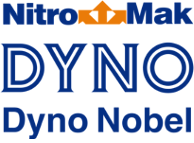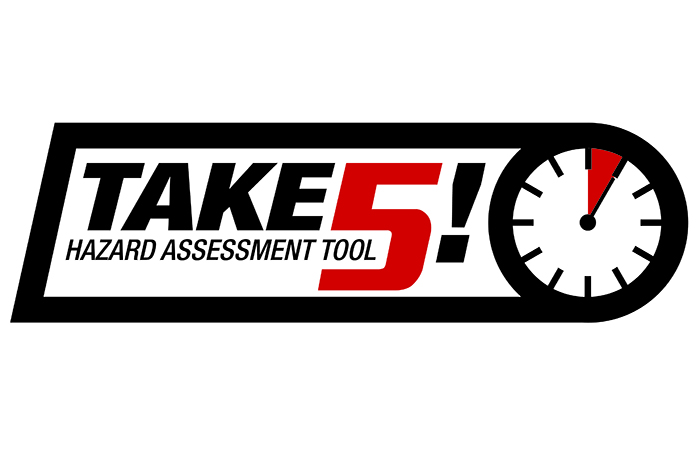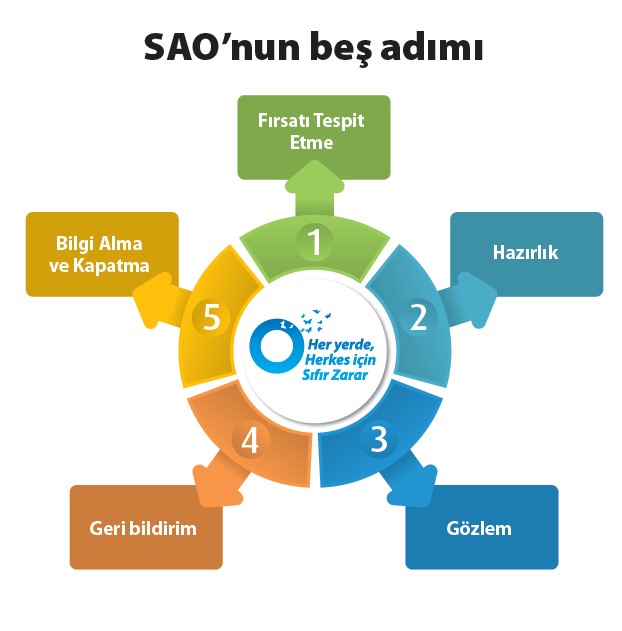Information
-
Inspection Date & Time:
-
Location:
-
Customer / Site:
-
Conducted By:
Blasting Crew
-
Blasting Engineer:
-
Authorized Shotfirer:
-
Team Members:
Pre-Charging Controls
-
Pre-start meeting is held to delegate the daily duties and to discuss hazards.
-
Shotfirer reviews blast design and, if required, notifies Blasting Engineer.
-
Shotfirer inspects bench and faces prior to operation.
-
Hole depths vs. planned depths are inspected and recorded.
-
Holes are inspected for wet conditions prior to charging and inspections are recorded.
Risk Management
-
Take 5/ JSAs are completed for identified hazards and required controls are implemented.
-
Blasting Report Risk Assessment Form is completed prior to blasthole charging operations.
-
The distance to closest structure, clearance zone distance and burden spacing are identified on Blasting Report Risk Assessment Form prior to charging operations.
-
Hazards such as flyrokc, misfire and/or NOx identified during risk assessment.
-
What controls are in place to control those risks?
-
A clearance distance is identified for working near free face/ under highwalls.
-
Blasting Crew is aware of and complying with the clearance distances.
-
Fall protection is provided for works near free face or where fall from height is potential.
Blasting Area Clearance and Delination
-
Blasting area is clearly demarcated to prevent unauthorized access.
-
Blasting Area is inspected before commencing any work.
-
Access to blasting area is under control.
-
Authorized Shotfirer and Blasting Team are familiar with the Blasting Area Entry Procedure.
-
Add Photo
Traffic Management and Blasting Operation Vehicles
-
Is there any site specific Traffic Management Plan in place?
-
Risks of potential hazards arised from vehicle/ truck traffic on site are identified and managed.
-
What controls in place to manage traffic?
- Barricading & signage
- Walkways
- Designated park area
- Spotters
-
Other (please specify):
-
Randomly select one of the blasting operation vehicles and check whether Prestart Inspection Checklist Form is completed.
-
Add Photo.
Records & Documentation
-
Delivery trucks are stocktaken prior to unloading and stocktake records are maintained.
-
Excessive/ Surplus products are return in compliance with the Product Return Procedure.
-
Randomly select one of product types on delivery truck, conduct blind stocktake and compare results with Road Permit & Dispatch Note data.
-
Comments (in case of discrepancy)
-
Add Photo.
Blasting Area Clearance
-
Spotters are identified and assigned for blasting safety zone.
-
Blasting clearance distances are in place as 150 m (for machinary/ equipment) and 500 m (for human).
-
No any structure/ plant/ equipment is present inside the clearance zone.
-
structure/ plant/ equipment inside the clareance zone have been included in risk assessment and notified to stakeholders.
Transportation
-
Explosives and detonators are transferred with different vehicles or in seperate compartments at the same vehicle.
-
Explosives are kept locked and supervised during break/ rest times.
Post Blasting Inspections
-
Spotters do not leave their area of duty while post blasting inspections are carried out and ensure clearance zone safety.
-
Explosives packagings are disposed in compliance with the procedures post blast.
-
Other (specify):
-
Shotfirer is familiar with actions to take in case of any misfire
Results
-
General Comments
-
Completed By Name Surname Signiture








